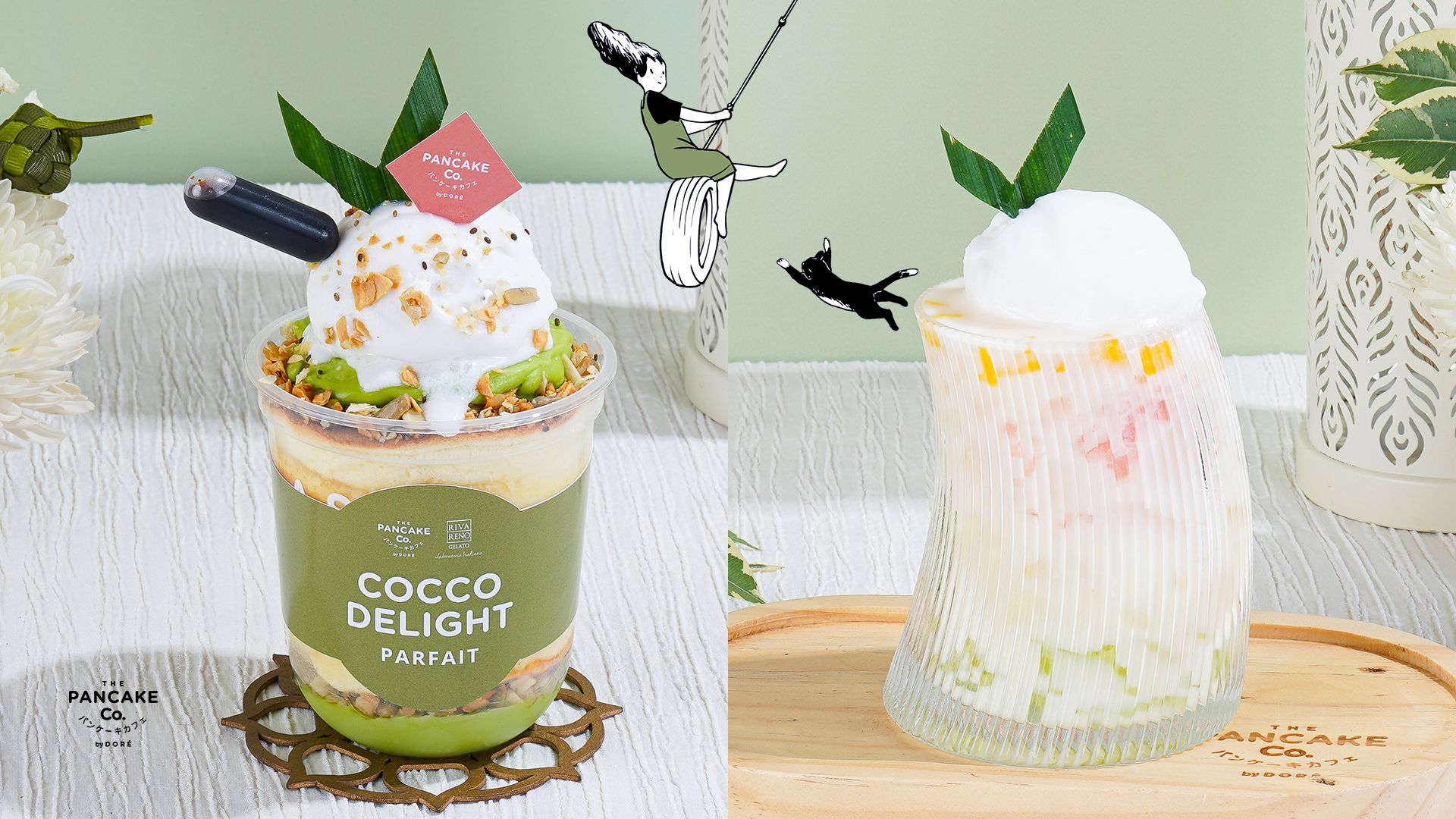In every beloved Ramadan dessert and dish, you are most likely to find coconut in them. From the rich and creamy coconut milk enriching your beef rendang for suhoor, to the sweet grated coconut coating traditional snacks like klepon, it brings a unique taste and texture that’s both familiar and comforting. In this article, we are taking you to explore why coconut has earned its place as a timeless favorite throughout Ramadan!
- Natural Energy Booster
Whether it’s water, milk, or flesh, coconut is an excellent source of hydration and a quick energy boost. That’s why many takjil dishes served at Iftar feature coconut as a key ingredient. After a full day of fasting, coconut helps refresh the body and restore energy in no time. Plus, its natural electrolytes make it the perfect addition to refreshing drinks and sweet treats enjoyed when breaking the fast. - Versatile Ingredient
From savory dishes to sweet treats, coconut can do it all! Its creamy richness elevates Indonesia’s beloved dishes like rendang and opor ayam, while its subtle sweetness makes it a key player in traditional Iftar desserts like kolak and serabi. Whether used as a garnish, filling, or base, coconut’s adaptability makes it an essential ingredient in many Ramadan favorites! - Symbol of Generosity
Coconut is often seen as a symbol of generosity. Known as the “tree of life,” every part of the coconut tree offers something valuable—from its fruit and leaves to its wood, which can be used for shelter. During Ramadan, a season of sharing and togetherness, coconut-based dishes are usually made in generous portions to be enjoyed with family, neighbors, and those in need.
Delight your taste buds with coconut taste in our Ramadan special desserts, Cocco Delight Parfait and Cocco Sago, Panmates!

